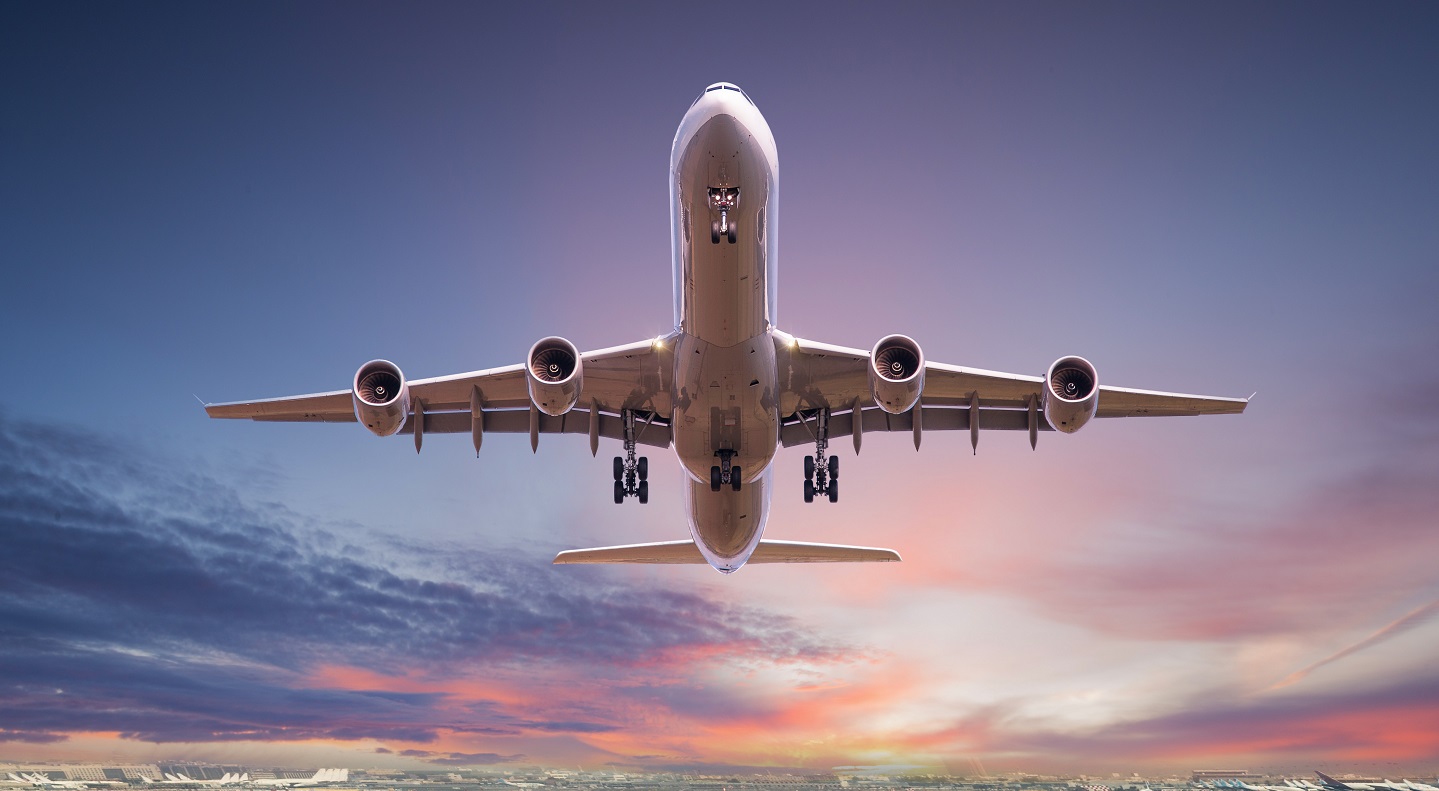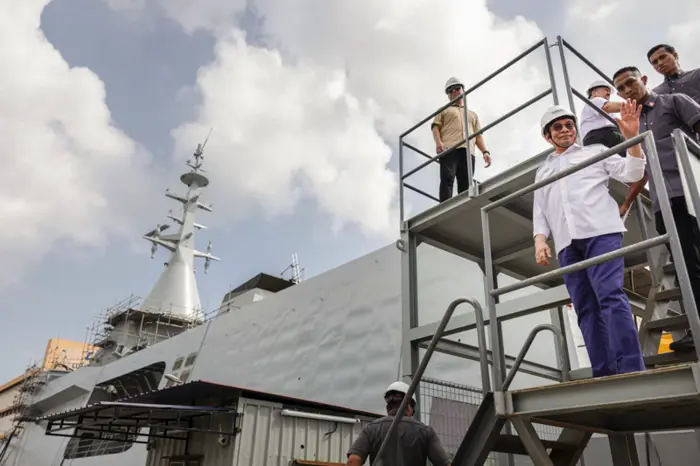PASSENGER traffic growth remains strong, increasing by 11.6% year-on-year (YoY) in the first two months of 2025 to reach 17.9 mil.
This puts the sector on track to meet MAVCOM’s full-year forecast of 105.8 mil and 112.9 mil passengers, representing YoY growth of between 8.4% and 15.6%.
The growth is expected to be driven by airlines deploying additional seat capacity, rising demand for air travel, and higher household incomes.
“While supply chain challenges remain a significant headwind for the industry, airline profitability is projected to improve in our view, supported by stronger load factors , lower jet fuel prices, and the weaker US dollar,” said Public Investment Bank (PIB) in the recent Sector Update Report.
PIB maintains their outperform call on the sector. AAX and Capital A are scheduled to release their results on 28 May 2025.
Malaysia is experiencing a steady recovery in air travel, with air passenger traffic reached 97.2 mil in 2024, a 14.4% YoY increase.
It is projected to surpass pre-pandemic levels in 2025, reaching between 105.8 mil and 112.9 mil, exceeding the 2019 record of 109.3 mil, according to MAVCOM.
This growth is expected to be driven by airlines deploying additional seat capacity, rising demand, overall economic improvement and the easing of visa policies.
Supply chain disruption remains a significant challenge for the industry. The pandemic has caused manufacturing delays, critical components shortage and logistics challenges, leading to a growing orders backlog.
Consequently, delivery delays have pushed the average age of airline fleets up to 12 years, a significant jump from the pre-pandemic average of 7 years.
Since older aircraft demand more frequent maintenance, extended downtime and higher fuel consumption, these factors are expected to strain profitability in the near term.
Global oil prices continued their decline, with Brent oil dropping to USD63 per barrel in April 2025 which is the lowest level since the start of Russia-Ukraine war in 2022.

In 2024, jet fuel averaged at USD99 per barrel, marking a 12% YoY decline. For 2025, MACVOM suggest jet fuel could fall further to USD87 barrel, assuming USD12 per barrel crack spread and a crude oil price of USD75 per barrel.
Currently, neither airline has a hedge against jet fuel and we estimate that every USD1 per barrel decline in oil price would reduce cost by 0.3%.
A substantial portion of airlines’ operational costs and borrowings, including fuel, aircraft maintenance and aircraft leases, are denominated in USD.
A weaker dollar means these expenses are cheaper when converted to local currency and ultimately leading to higher profit margins.
“Both airline has no hedge against USD and we estimate that decline of USD against MYR by 1% would reduce cost by 0.6%,” said PIB.
While supply chain challenges remain a significant headwind for the industry, airline profitability is projected to improve, supported by stronger load factors, better cargo yields, lower Jet fuel prices, and the weaker US dollar. —Apr 30, 2025
Main image: Georgia Today









